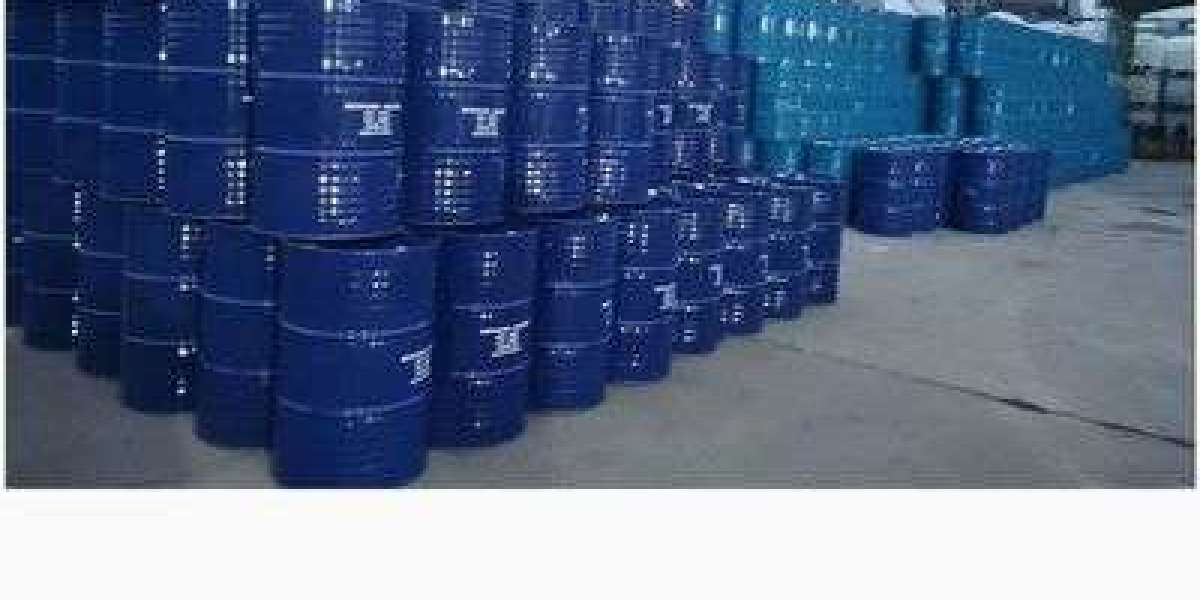In today’s industrial and commercial refrigeration sector, the demand for high-purity refrigerants has never been greater. Refrigerants are the lifeblood of cooling systems, ensuring efficient heat transfer and maintaining optimal performance. However, not all refrigerants are created equal. The purity of these substances can significantly affect the efficiency, longevity, and safety of refrigeration systems. This article delves into why high-purity refrigerants are essential, how impurities impact performance, and the role of chemical compounds such as Amines and Amides in maintaining and enhancing refrigerant quality.
Understanding Refrigerants and Their Role
Refrigerants are chemical compounds used in refrigeration cycles to absorb heat from one area and release it elsewhere. They operate under a principle of phase change, moving between liquid and gas states to transfer thermal energy efficiently. Common refrigerants include hydrofluorocarbons (HFCs), hydrochlorofluorocarbons (HCFCs), and natural refrigerants like ammonia and carbon dioxide.
The efficiency and safety of a refrigeration system depend heavily on the quality of the refrigerant. Even minor impurities can reduce heat transfer efficiency, increase corrosion, cause chemical reactions with system components, and shorten equipment lifespan. This is why the industry emphasizes high-purity standards, particularly in sectors like pharmaceuticals, food storage, and chemical processing, where precision cooling is critical.
What Constitutes High-Purity Refrigerants?
High-purity refrigerants are characterized by their low level of contaminants and chemical stability. Purity is often defined as the percentage of the main refrigerant compound without the presence of by-products, moisture, acids, or other chemical impurities.
Impurities can come from several sources:
Manufacturing processes: Incomplete chemical reactions or residual catalysts.
Storage and transportation: Contamination from moisture or reactive gases.
System interaction: Reactions with lubricants or metals within the refrigeration system.
Ensuring purity requires rigorous testing and quality control during production, handling, and storage. Advanced analytical techniques, such as gas chromatography and mass spectrometry, are often used to detect impurities at the parts-per-million (ppm) level.
Why Purity Matters in Refrigerants
1. Efficiency and Performance
Even small amounts of impurities in refrigerants can disrupt the delicate thermodynamic balance needed for efficient cooling. Impurities may alter boiling points, reduce heat transfer coefficients, or cause uneven pressure distribution within the system. For commercial and industrial applications, these efficiency losses translate into higher energy consumption and increased operational costs.
2. System Longevity
Impurities like moisture, acids, and reactive gases can accelerate corrosion in metal components such as compressors, evaporators, and condensers. Over time, this corrosion can lead to leaks, mechanical failures, and costly repairs. High-purity refrigerants minimize these risks, ensuring that equipment operates reliably over its intended lifespan.
3. Safety Considerations
Some refrigerants are flammable or toxic in certain conditions. Impurities can exacerbate these hazards by creating reactive by-products or increasing the likelihood of chemical decomposition. High-purity refrigerants reduce the potential for dangerous reactions, helping protect both personnel and property.
4. Environmental Impact
Low-purity refrigerants may degrade faster, producing compounds with higher global warming potential (GWP) or ozone-depleting characteristics. By maintaining high purity, manufacturers can ensure refrigerants perform as intended without generating harmful by-products, supporting regulatory compliance and environmental sustainability.
Amines and Amides: Essential for Maintaining Refrigerant Purity
In the quest for high-purity refrigerants, certain chemical additives play a vital role. Amines and amides are commonly used to neutralize acids and prevent corrosion within refrigeration systems. These compounds act as stabilizers, reacting with acidic impurities to form harmless salts, which can then be removed from the system.
How Amines Work
Amines are organic compounds containing nitrogen with a lone pair of electrons, allowing them to react with acidic contaminants. In refrigeration systems, amines can:
Neutralize acidic by-products formed from moisture or refrigerant decomposition.
Protect metal surfaces from corrosion caused by acids.
Maintain pH balance, ensuring long-term system stability.
The Role of Amides
Amides, derivatives of carboxylic acids, also contribute to refrigerant stability. While less reactive than amines, they provide lubricating and protective properties in refrigerant-lubricant mixtures. Amides can reduce the rate of chemical degradation and help maintain consistent performance, particularly under high-temperature operating conditions.
By incorporating amines and amides appropriately, manufacturers and maintenance teams can extend the life of refrigerants, maintain high purity, and prevent costly system failures.
Testing and Ensuring Refrigerant Purity
Maintaining high-purity refrigerants is a continuous process. Key testing methods include:
Moisture Analysis: Excess water can react with refrigerants to form acids. Techniques such as Karl Fischer titration accurately measure trace moisture.
Acidity Testing: Identifies the presence of acidic contaminants that can damage components.
Gas Chromatography: Separates and quantifies chemical components to ensure composition accuracy.
Spectroscopic Methods: Detects impurities at very low concentrations, ensuring compliance with stringent industrial standards.
Regular testing, combined with the use of stabilizing compounds like amines and amides, ensures that refrigerants remain in optimal condition throughout their lifecycle.
Real-World Implications of Impure Refrigerants
Consider a commercial cold storage facility using slightly impure refrigerants. Over time, even minor impurities can cause:
Compressor failure due to acid-induced corrosion.
Reduced cooling efficiency, leading to higher energy bills.
Contamination of stored products, particularly in food and pharmaceutical applications.
Increased greenhouse gas emissions, as degraded refrigerants lose efficiency and require replacement.
These examples highlight why industries increasingly prioritize high-purity refrigerants and invest in preventive maintenance using chemical stabilizers like amines and amides.
Industry Trends and Future Outlook
The demand for high-purity refrigerants is rising alongside environmental regulations and efficiency standards. Key trends include:
Shift to low-GWP refrigerants: Natural refrigerants and advanced HFOs require ultra-pure formulations to meet performance and environmental criteria.
Advanced monitoring technologies: Sensors and IoT devices enable real-time detection of refrigerant purity and system health.
Integrated chemical management: The combined use of amines and amides is becoming standard practice to extend refrigerant lifespan and system reliability.
As the industry moves forward, the focus will continue to be on purity, stability, and environmental responsibility. High-purity refrigerants are no longer a luxury—they are a necessity for efficiency, safety, and sustainability.
Conclusion
High-purity refrigerants are essential for modern refrigeration systems. They ensure maximum efficiency, prevent corrosion, and enhance safety while minimizing environmental impact. Chemical stabilizers like amines and amides play a crucial role in maintaining purity and protecting equipment from degradation. Industries that prioritize high-purity refrigerants not only improve system performance but also reduce operational costs and extend the lifespan of critical cooling infrastructure.
Investing in high-purity refrigerants is an investment in reliability, safety, and sustainability—a choice that ultimately pays off in efficiency, cost savings, and environmental stewardship.














